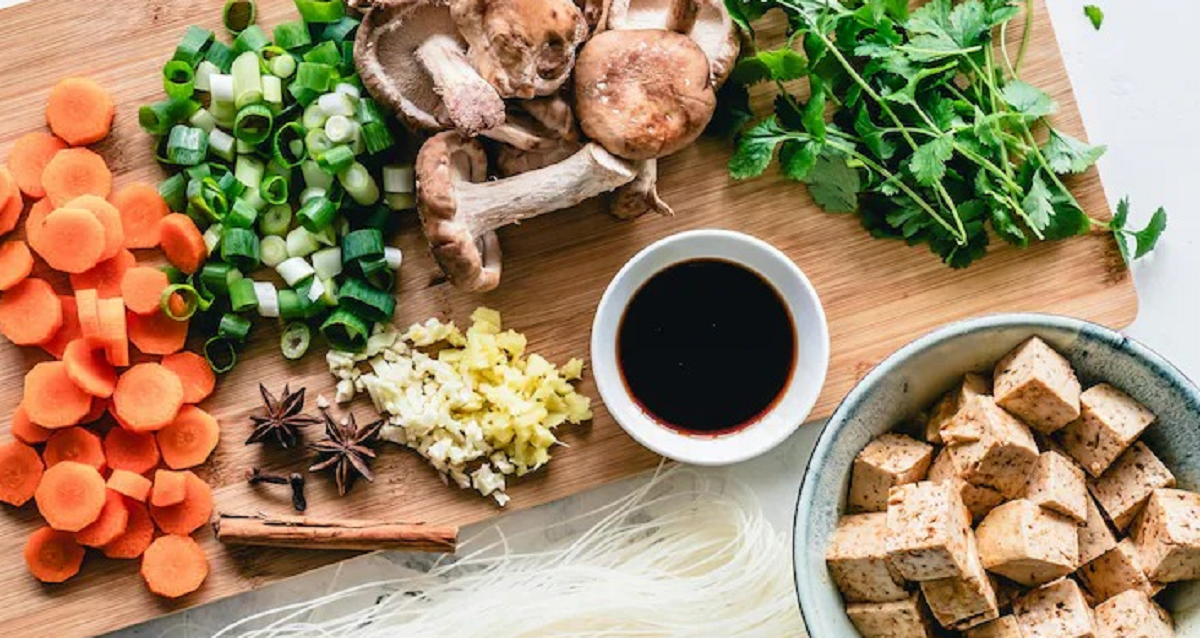Social media users are embracing “fibre goals” as a positive shift towards overall health and wellbeing, rather than focusing on weight loss or muscle gain. Experts recommend consuming foods high in fibre to prevent constipation, haemorrhoids, and chronic diseases.
Different types of fibre
Dietary fibres are divided into two types: soluble and insoluble. Soluble fibres, found in fruits, vegetables, legumes, and oats, slow digestion, support heart health, lower cholesterol, and regulate blood sugar levels. Insoluble fibres, found in wheat bran, nuts, seeds, beans, and whole grain foods, add bulk and help regulate bowel movements. Resistant starch, found in legumes, potatoes, and pasta, resists digestion and feeds gut bacteria. Both types of fibres benefit the gut and overall health, with soluble fibres fermenting more readily.
What should my fibre goal should be?
Fiber intake is crucial for overall health, with adults aiming for 30 grams per day for men and 25 grams for women. Diagnosis depends on digestion, and even 50g per day isn’t harmful. Apps and websites can help calculate intake.
What not to do
Avoid drastic changes to food groups or nutrients unless advised by a health practitioner. Focus on both soluble and insoluble fiber types for best benefits. Start with one or two high-fiber foods daily and gradually increase over time.




